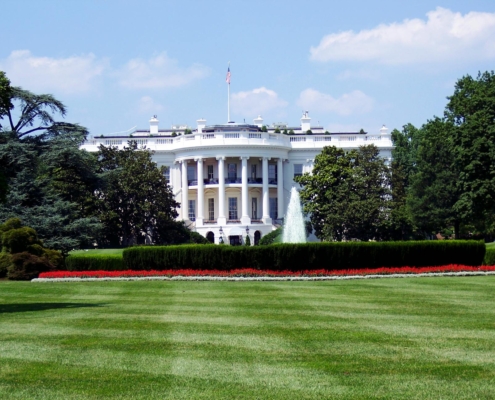The volatility of the IPv4 address market proves to be harder to predict now more than ever.
Just when we thought there was stability or even a potential positive trend in IPv4 demand, ARIN transfer statistics show otherwise.
April 2022 transfer requests decreased to only 108, demonstrating another massive decrease of -37% as compared to March. When looking at the average of 137 transfer requests in 2022, the decrease is still very significant at -21%. Interestingly enough, the April & Mays average transfer requests are still 140 per month, which does align with what we have found to be the “new IPv4 norm” over the last 11 months.
So perhaps this could be a perceived decrease in demand, while in fact the market continues down the same course it has been on for almost a year. We will have a better picture of market direction after May transfer trends are released.
In the meantime
Lets discuss some of the driving factors that are likely to be contributing to the recent IPv4 volatility:
- The U.S. Federal Government increase of interest rates to offset inflation
- The war between Russia and Ukraine continues to impact international trade
- The U.S. Stock market continues to sell off causing uncertainty
Each one of the events mentioned above are causing organizations to be more cautious with budgets and 2022 decision making. The global economy is currently tapering off after almost 2 years of bullish growth, and the IPv4 market seems to be following suit.
Outside of the global economic factors that are not directly related to the IPv4 market, there is also a surge of new suppliers adding large amounts of IPv4 addresses for sale. During COVID, companies re-focused IT personnel that could have been freeing up IPv4 subnets, and redirected their efforts to creating cloud-based collaboration environments.
Massive increase in IPv4 demand
Ironically, this caused a massive increase in IPv4 demand, while decreasing the potential IPv4 supply at the time. In turn, IPv4 prices doubled in 2021, which is why so many people are now interested in selling their IPv4 space.
With an average of 166 transfer requests, 2019 and 2020 created a steady IPv4 market with healthy price increases of around 5-7% per quarter. If the averages don’t increase from the current 140 transfer requests per month, then the prices are likely to stabilize. Keeping in mind, RDOF funds are still being allocated and may play a role in 2022 demand.
Other Popular Blog Posts
Discover more from Brander Group
Subscribe to get the latest posts sent to your email.


 2024
2024 2022
2022